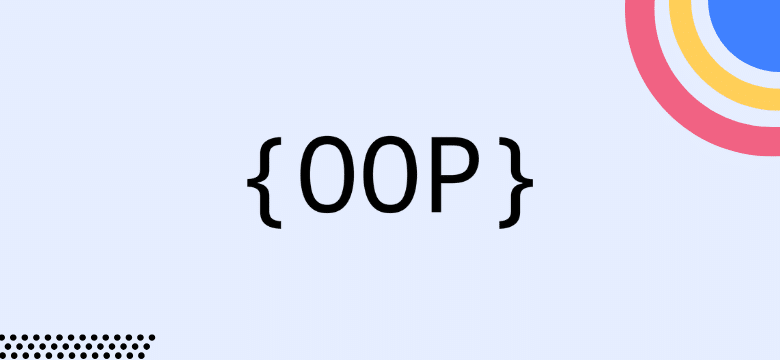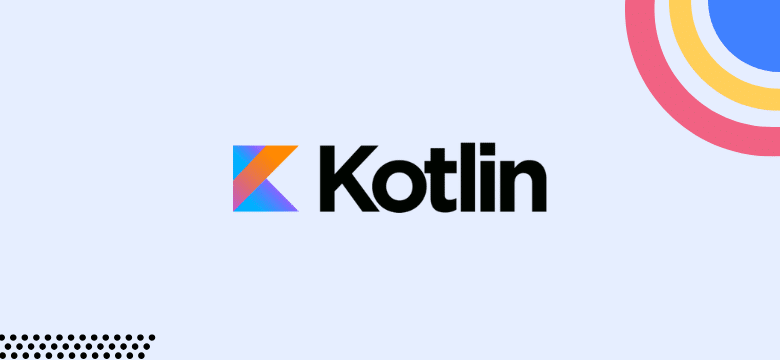









If you’ve been in the software development world over the past decade, you’ve likely heard the buzz around Kotlin. Originally designed by JetBrains and later embraced by Google as the preferred language for Android development, this language has come a long way. Its clean syntax, null safety, and interoperability with Java made it an attractive option for developers and companies looking to modernize their codebases.
But here we are in 2025, and technology has continued to evolve. New languages and frameworks emerge, trends shift, and businesses rethink their tech stacks. So, the big question is: Is Kotlin still relevant today? Does it remain a solid choice for businesses investing in software development, or has its momentum slowed? Let’s break it down.
Learn more: Programming Languages in 2025: Rising Stars & Fading Trends
Kotlin is far from being just an “Android language.” While its adoption skyrocketed thanks to Google’s endorsement, it has since expanded into backend development, cloud computing, and even cross-platform development through Kotlin Multiplatform (KMP).
In 2025, the language remains the dominant language for Android development, with a vast majority of new Android apps being built in Kotlin rather than Java. Major tech companies—including Google, Netflix, and Pinterest—continue to use this language extensively. It has also gained traction in backend development, with frameworks like Ktor and Spring Boot making it a solid choice for server-side applications.
Despite its strong adoption, Kotlin isn’t without competition. The programming landscape is constantly shifting, and to understand Kotlin’s relevance, we need to compare it with other major languages.
Java has been around for nearly three decades, and despite Kotlin’s rise, it’s not going anywhere. Large enterprises, banks, and legacy systems still rely on Java for its stability, vast ecosystem, and long-term support. But Kotlin has challenged Java by offering a modern, developer-friendly alternative.
The biggest advantages of Kotlin over Java include:
That said, Java remains a dominant force in enterprise software. Large businesses with massive codebases still rely on Java, and Kotlin adoption in these companies can be slow due to migration challenges. In essence, Java isn’t disappearing, but Kotlin is becoming the go-to choice for new Android and backend projects.
Kotlin and Swift are often compared, especially as companies look for ways to develop applications for both Android and iOS efficiently. Kotlin Multiplatform (KMP) allows businesses to write shared logic for both platforms, reducing development time. But is it enough to challenge Swift?
Swift remains the gold standard for iOS development. Apple’s tight control over its ecosystem ensures that Swift is optimized for performance, integrates seamlessly with native frameworks, and receives continuous improvements. For iOS-exclusive apps, Swift is the clear choice.
However, for companies building both Android and iOS apps, KMP offers a compelling advantage—it allows developers to write business logic once while keeping platform-specific UI elements separate. While not as widely adopted as Flutter, KMP is gaining ground, particularly among businesses that already use Kotlin for Android or backend development.
Flutter, powered by the Dart programming language, has emerged as one of the most popular cross-platform frameworks. Unlike Kotlin, which allows native UI development, Flutter relies on its own rendering engine to create a consistent look across devices. This makes Flutter attractive for startups and companies looking to build apps quickly with a single codebase.
However, Flutter’s reliance on custom UI components can lead to performance trade-offs, especially when compared to fully native development. Kotlin, on the other hand, takes a more native-first approach, making it better suited for companies prioritizing performance and platform-specific UI experiences.
For rapid prototyping and UI-heavy applications, Flutter is often the better choice. But for long-term, scalable applications, Kotlin (whether for Android or cross-platform) offers better flexibility and maintainability.
From a business perspective, Kotlin offers tangible advantages that go beyond developer preference.
For startups, Kotlin’s efficiency translates to faster time-to-market. For enterprises, its maintainability reduces long-term costs. It’s not just about what’s new—it’s about what makes business sense.
So, what’s next for Kotlin? The language continues to evolve, with JetBrains actively improving its tooling and performance. Kotlin Multiplatform is slowly but steadily gaining adoption, and Kotlin’s role in backend development is growing as more companies embrace Ktor for cloud-based applications.
One area where Kotlin could expand is serverless computing. With companies increasingly moving toward cloud-native architectures, Kotlin’s lightweight nature makes it a strong contender for AWS Lambda and Google Cloud Functions.
However, competition remains fierce. Languages like Rust are gaining traction in systems programming, while Python continues to dominate in AI and data science. Kotlin’s future will depend on its ability to remain relevant beyond Android and find deeper adoption in new areas of software development.
Learn more: How to select a suitable agile software development firm in SEA in 2024
Absolutely. Kotlin is not just relevant—it’s thriving. It has firmly established itself as the top language for Android development, continues to gain ground in backend development, and offers a promising approach to cross-platform development with KMP.
That said, its relevance depends on context. If you’re building Android apps, Kotlin is the best choice. If you’re developing backend services, it’s a strong competitor to Java. If you’re considering cross-platform development, it’s an option—but it’s not the only one.
At ITC Group, we help businesses leverage Kotlin to build scalable, high-performance applications. Whether you’re migrating from Java, developing a new Android app, or exploring for backend or cross-platform projects, our experts ensure you make the right technology choices.
Stay ahead in a rapidly changing world with our monthly look at the critical challenges confronting businesses on a global scale, sent straight to your inbox.